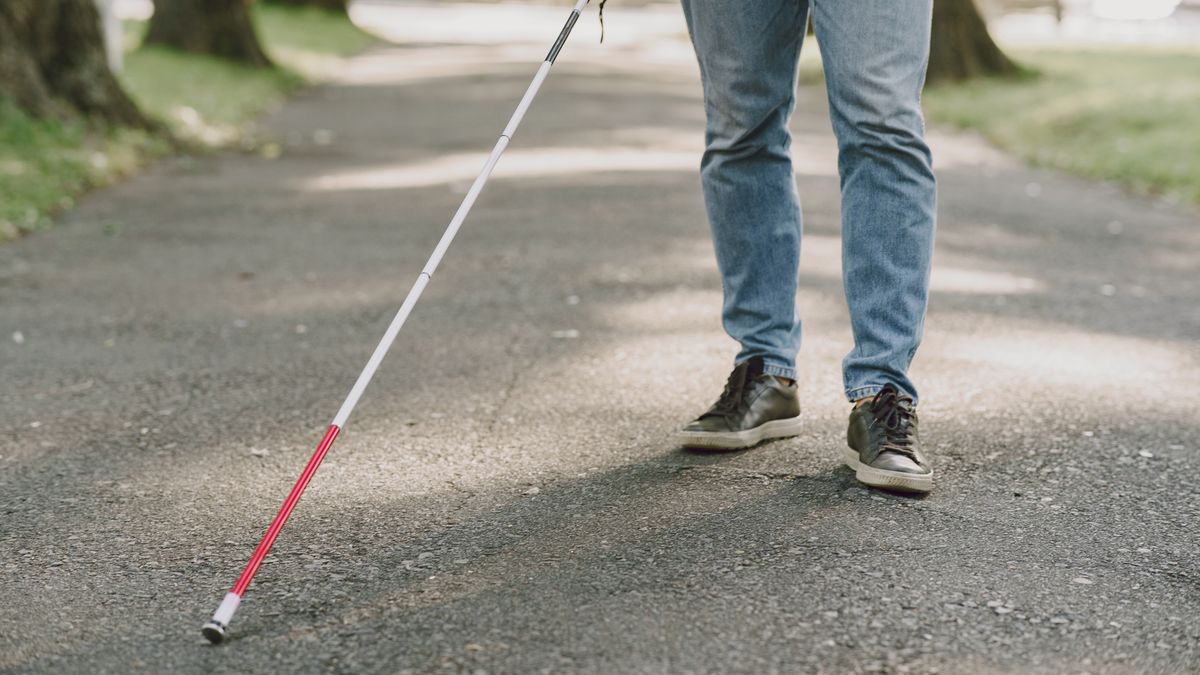Many times we find ourselves in a situation where we can help a Person with Disability and we think we know how to do it but we don’t always do it the right way.
The truth is that these situations do not have to be uncomfortable if we act from empathy and naturalness. In fact, the first thing we should consider is that on the other side there is only one person like any other with particularities to attend to.
There is no manual to help, especially a person with a disability. Of course, the first step is to have a good disposition and empathy. But there are some tools that can guide us along the way:
Ask if the other person wants us to help them: The best way to generate empathy and rapprochement is to ask the person with a disability if they really need us. Do not grab her directly assuming she requires help. How can I help you? It would be the beginning.
Use the appropriate terms: the correct concept is “Person with Disability” not “disabled” or “person with different abilities” although if we ask or know their first name, it will always be better to be called that way. Avoid and cancel negative terms such as “suffers”, “problem”.
Respect the person: This is a key point to establish that link. Respect for their forms and characteristics will be reflected in attitudes, for example, in the willingness to listen to what they have to say, without judging or questioning.
Disability: the NO when it comes to helping. Sometimes we want to collaborate and it is super valid. But sometimes acting from ignorance can make the situation worse. Therefore, it is interesting to know what things we should not do:
Don’t be prejudiced and take things for granted: People with disabilities do not live in another world nor are we special, therefore, making a difference is precisely what should not be done. Disability is also often assumed to be a “disease” and hence treatment is encouraged in a condescending and welfare-oriented manner.
Do not use diminutives, appeal from pity or infantilize. On the one hand, it is important to avoid expressions of surprise or excessive admiration when a person with a disability tells us about their daily life. Nor should we act from sorrow, assuming that our life is unwanted, that it is a misfortune or that we are sexless, dependent and vulnerable.
Help without invading: You always have to consult the person, see if they want it, not force or invade. Not even touching her without consent. The person with a disability does not always need collaboration (or, for example, may require more time to complete the task). In this way, we promote their autonomy and independence, avoiding a welfare perspective in treatment.
In this way, and by knowing a little more, we can contribute as a society to debunk myths and help people with disabilities whenever and whenever they wish. Do not take for granted and assume that things are done our way because, just as we do by asking an elderly person if he wants us to help him cross the street, we should do the same with a person with a disability.
And finally, it is important to demolish erroneous terms such as “Person with different/special abilities” (we all have them), non-sighted (replace it with a blind person) and, on the other hand, cancel words like “suffers” or “normal”, “a problem” as they tend to promote stigmatization and exclusion.
Graduate in Communication (UBA) and reference in disability and diversity.
Source: Ambito
David William is a talented author who has made a name for himself in the world of writing. He is a professional author who writes on a wide range of topics, from general interest to opinion news. David is currently working as a writer at 24 hours worlds where he brings his unique perspective and in-depth research to his articles, making them both informative and engaging.




